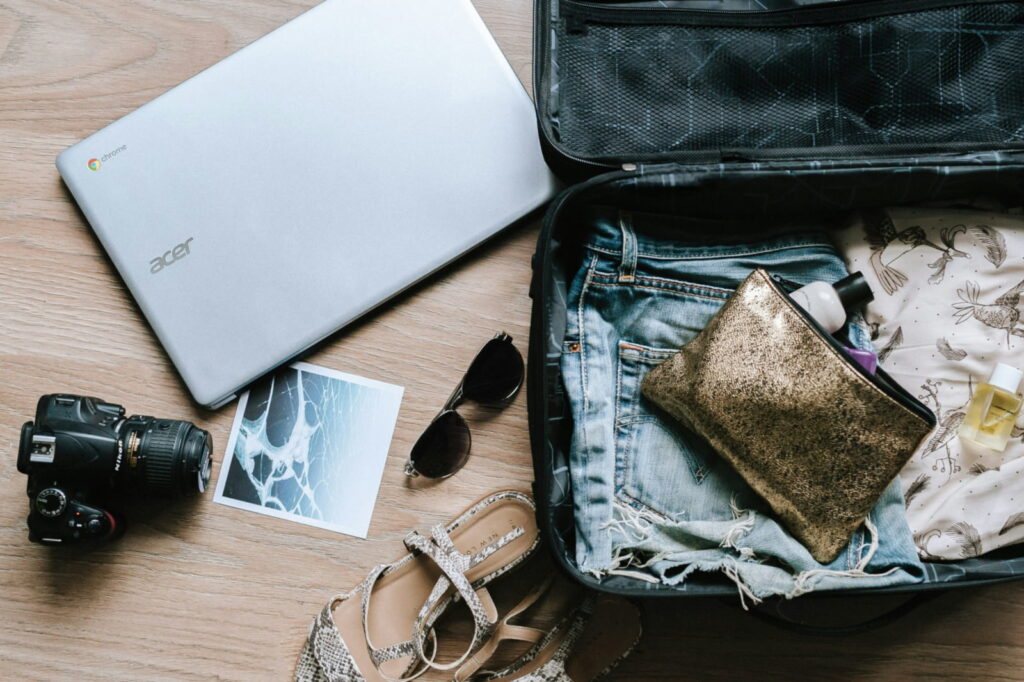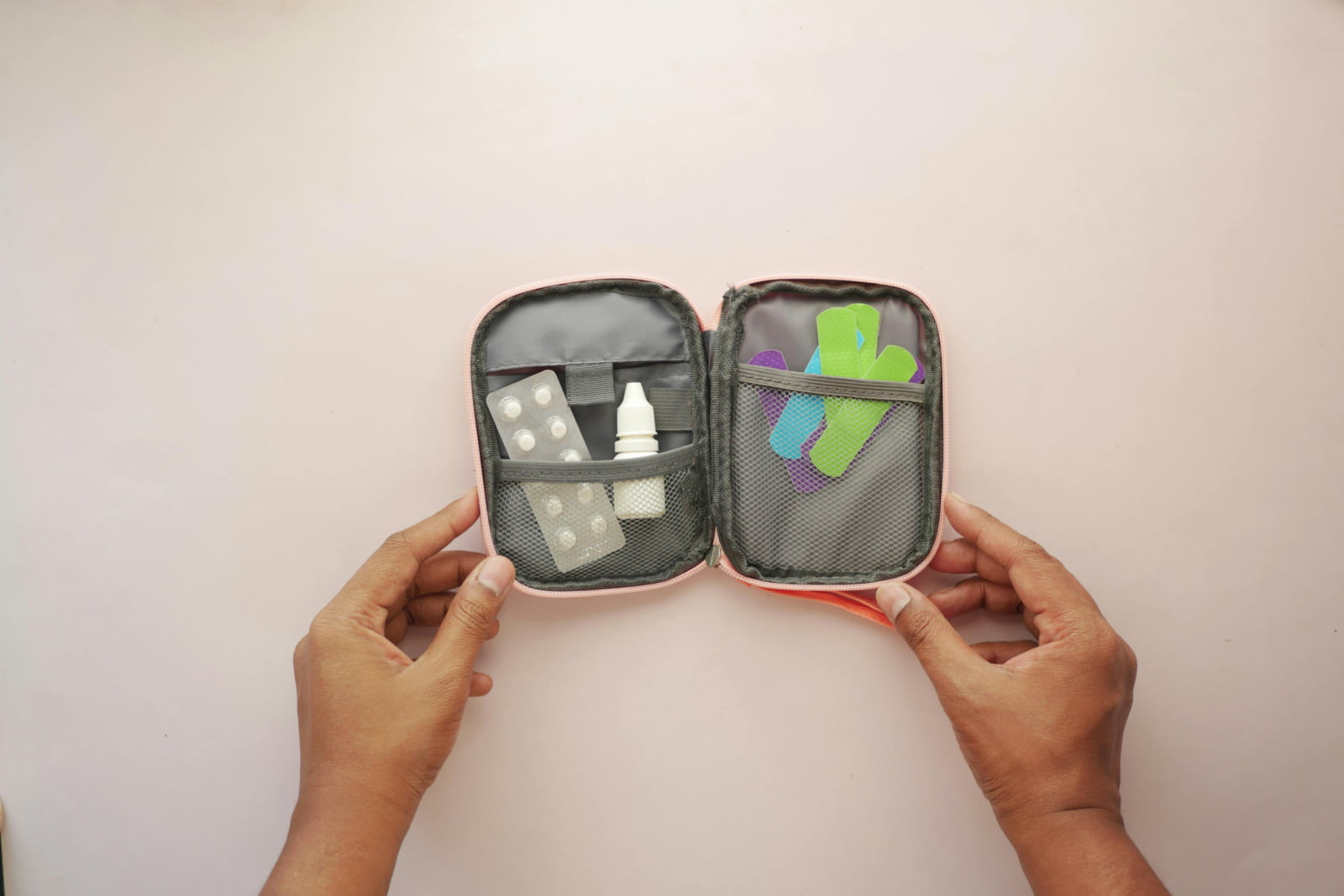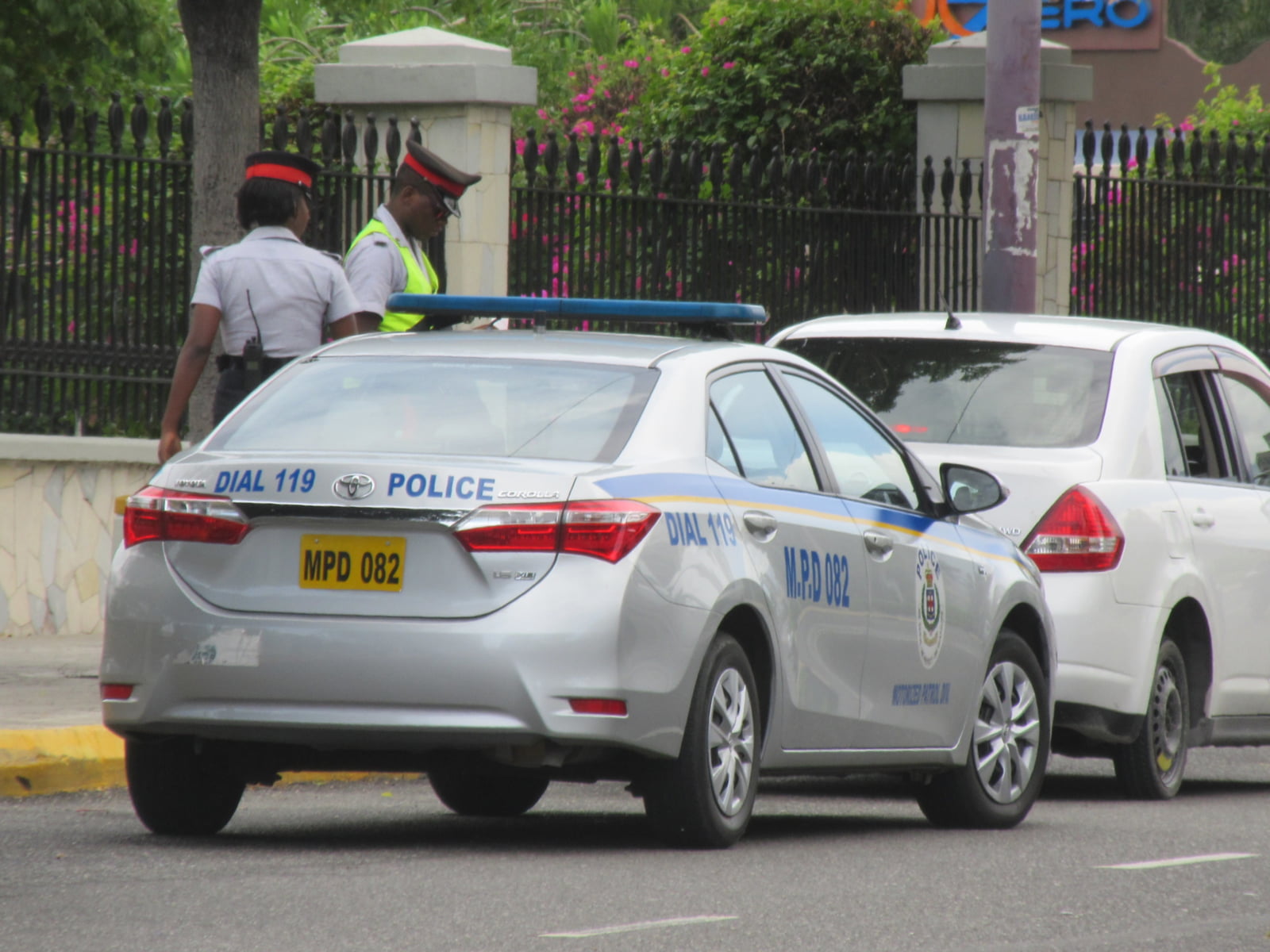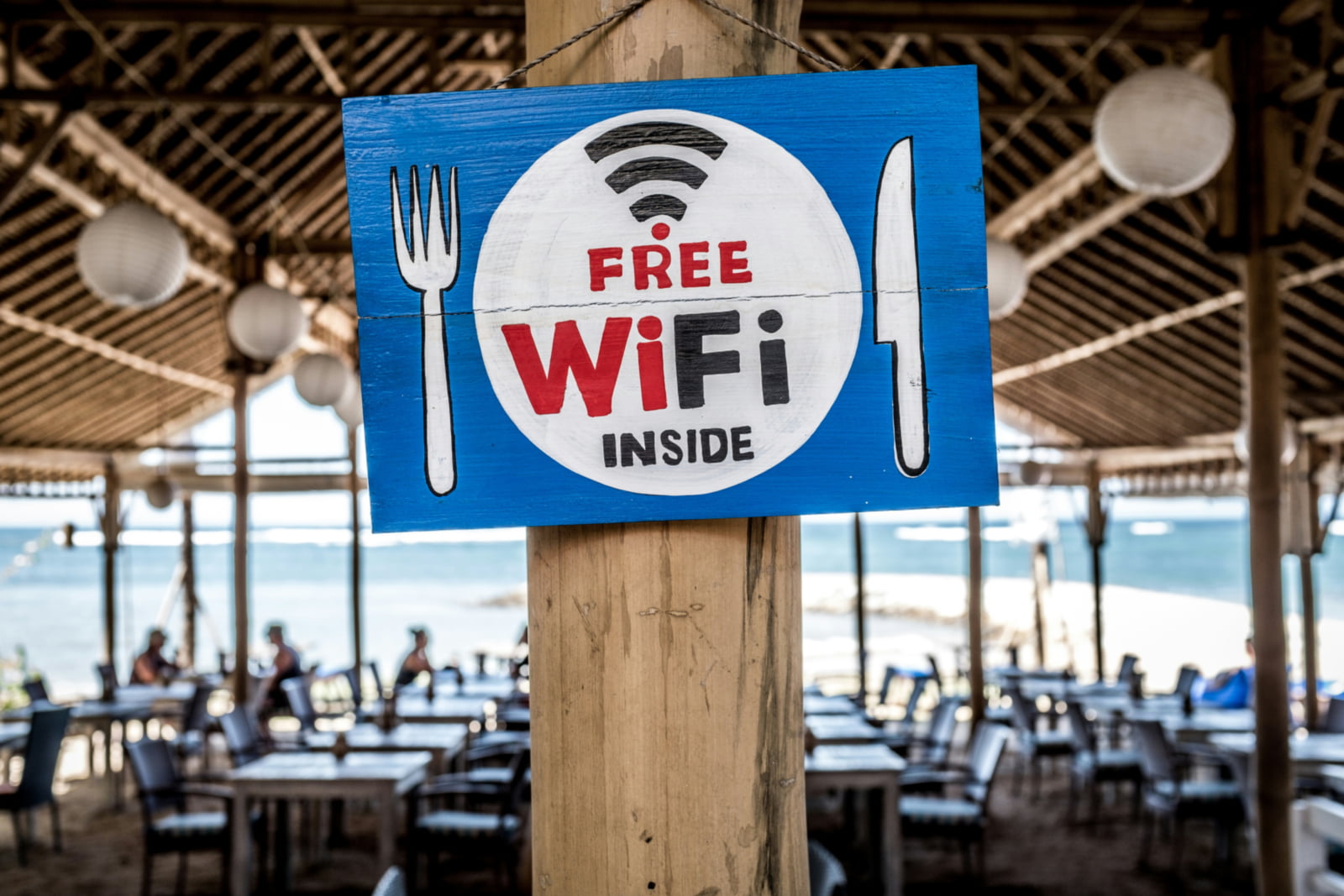
How to Plan a Trip to Jamaica (2025 Guide)
A Step-by-Step Jamaica Vacation Planning Checklist
Thinking about sunshine, beaches, and good vibes in Jamaica?
This guide has everything you need to plan an unforgettable trip in 2025—where to go, what to eat, what to skip, and how to do it all stress-free.
Grab your flip-flops—let’s get planning!
Planning a trip to Jamaica?
You’re in for something special.
But here’s the thing: most people mess up their Jamaica trip before they even leave home.
They don’t understand the seasons. They pack the wrong clothes. They budget incorrectly. They pick the wrong area to stay.
And then they wonder why their “dream vacation” feels more like a stress test.
That’s about to change.
Over the next few chapters, I’m going to walk you through everything you need to know to plan an absolutely incredible Jamaica trip. We’re talking about the kind of vacation that has you planning your next visit before you’ve even left the island.
Sound good?
Let’s get started.
When to Visit Jamaica (Seasons, Weather & Holidays)
The first and most important decision is when to come. The truth is, there’s no bad time to be in Jamaica, but your experience will change depending on the season.
We don’t have winter or summer; we have the high season and the low season.
High Season (Mid-December to Mid-April)
This is when Jamaica is at its most popular – and most expensive. You’ll find:
- Perfect weather with minimal rainfall
- Higher hotel rates and airfare
- More crowds at popular attractions
- The best availability for tours and activities
Low Season (Mid-April to Mid-December)
This is Jamaica’s “secret season” that smart travelers love:
- Lower prices across the board
- Fewer crowds at beaches and attractions
- Higher humidity and more frequent rain showers
- Hurricane season (but don’t panic – I’ll explain why this isn’t as scary as it sounds)
Which season is right for you?
That depends on what you prioritize: weather, budget, or crowds.
For the complete month-by-month breakdown of what to expect, check out our detailed Best Time to Visit Jamaica guide.
A Look at Jamaica’s Tropical Climate
Here’s something that surprises a lot of first-time visitors:
Jamaica is warm year-round.
We’re talking 80-85°F (27-29°C) most of the time. The biggest difference between seasons isn’t temperature – it’s rainfall and humidity.
The Dry Season (December – April)
- Lower humidity
- Minimal rainfall
- Constant trade winds
- Perfect beach weather
The Wet Season (May – November)
- Higher humidity
- Afternoon showers (usually brief)
- Warmer ocean temperatures
- Lush, green landscapes
But what about hurricane season?
I get this question a lot, and here’s the truth: Hurricane season is a season, not a constant threat.
Jamaica sits in the hurricane belt, but direct hits are actually quite rare. Most years, you’ll experience nothing more than some extra rain and wind.
That said, if you’re the type who worries about weather, stick to the dry season.
For detailed weather charts, historical averages, and what to pack for each season, dive into our comprehensive Jamaica Weather guide.
A Note on Public Holidays:
Why should you care about Jamaican public holidays?
Because they can completely change your travel experience.
During major holidays, banks close, some attractions shut down, and locals take to the beaches in huge numbers.
On the flip side, you’ll get a chance to embrace a big part of Jamaican culture.
Major holidays to know about:
- Independence Day (August 6th) – The biggest national celebration
- Christmas & Boxing Day – Everything closes down
- New Year’s Day – Beach parties everywhere
Pro tip: If you’re visiting during a major holiday, book your accommodations and activities well in advance. Popular spots fill up fast when locals are celebrating too.
For a complete calendar of public holidays, festivals, and cultural events, check out our Public Holidays in Jamaica guide.
Entry Requirements & Getting to Jamaica
Alright, dream phase is over.
Now it’s time to get practical.
This chapter is all about the nuts and bolts of actually getting to Jamaica. We’re talking passports, visas, airports, and flights.
Here’s what you need to know to avoid any nasty surprises at check-in or customs.
Understanding Entry Rules & Documents
Let’s start with the most important rule:
Your passport must be valid for at least 6 months beyond your planned departure date.
This isn’t a suggestion – it’s a requirement. I’ve seen people turned away at the airport because their passport was set to expire in 4 months.
Do you need a visa?
For most travelers, the answer is no:
- US citizens: No visa required for stays up to 90 days
- UK citizens: No visa required for stays up to 90 days
- Canadian citizens: No visa required for stays up to 90 days
- EU citizens: No visa required for stays up to 90 days
What about the C5 customs form?
You’ll need to fill out Jamaica’s online C5 customs and immigration form within 7 days of travel. It’s quick and easy, but don’t forget to do it – it’ll save you time at the airport.
For detailed visa requirements by country, documentation checklists, and step-by-step instructions for the C5 form, check out our complete Visas & Entry Requirements guide.
Arriving on the Island: Airports & The Process
Jamaica has two main international airports, but chances are you’ll be flying into one specific airport.
Sangster International Airport (MBJ) – Montego Bay This is where 80% of tourists arrive. It’s:
- Closest to the major resort areas
- Well-equipped for international travelers
- About 10 minutes from Montego Bay’s hotel strip
Norman Manley International Airport (KIN) – Kingston This is Jamaica’s capital airport:
- Better for business travelers
- Closer to Blue Mountain attractions
- About 30 minutes from downtown Kingston
The arrival process is straightforward:
- Immigration (have your passport and return ticket ready)
- Baggage claim
- Customs (most travelers go through the “Nothing to Declare” line)
- Ground transportation area
Pro tip: The airport can get busy during peak season. Factor in extra time for immigration and customs, especially if you’re arriving on a weekend.
For detailed airport maps, transportation options, and what to expect during peak travel times, check out our [Getting to Jamaica] guide.
How to Find and Book Your Airfare
Want to save money on flights to Jamaica?
Here are the strategies that actually work:
Book in advance (but not too far in advance) The sweet spot is typically 6-8 weeks before departure for the best prices.
Use flight alerts Set up price alerts on Google Flights or Kayak. Prices to Jamaica can fluctuate significantly.
Consider your departure day Tuesday and Wednesday departures are often cheaper than weekend flights.
Be flexible with your return date Sometimes staying an extra day or two can save you hundreds on airfare.
For advanced booking strategies, mistake fare alerts, and a complete guide to finding the best deals, dive into our Flights to Jamaica guide.
Money, Currency & How Much a Jamaica Trip Really Costs
“How much does a trip to Jamaica cost?” It’s the first question on everyone’s mind, and the answer depends entirely on your travel style! You can have an incredible time here on a tight budget or live in absolute luxury.
Let’s break down what you need to know.
Should I Use Jamaican Dollars or US Dollars?
The official currency is the Jamaican Dollar (JMD). However, the US Dollar (USD) is widely accepted in all tourist areas.
But here’s a little sect, that can save you some money.
Knowing which currency to use when is the difference between paying tourist prices and getting local value.
Here’s how it works:
Jamaican Dollars (JMD) are your secret weapon for:
- Local restaurants and jerk stands
- Route taxis and public transportation
- Markets and street vendors
- Smaller, family-run businesses
US Dollars (USD) are preferred for:
- Hotels and resorts
- Tourist attractions and tours
- Upscale restaurants
- Taxis serving tourists
The exchange rate fluctuates, but it’s typically around 150-160 JMD to 1 USD. Most businesses will give you a fair rate, but always confirm the exchange rate before making a purchase.
Pro tip: Get some JMD from an ATM when you arrive. You’ll immediately unlock access to authentic local experiences at local prices.
For everything you need to know about ATMs, credit cards, exchange rates, and where to get the best deals, check out our comprehensive Jamaica Money Guide for Travelers.
What to Expect: A Sample Daily Budget
Most of the guides (often written by foreigners), will say “budget $100 per day”.
That’s not helpful. Here’s what different types of travelers could actually spend in Jamaica:
Budget Traveler: $75-100 USD per day
- Accommodation: $30-50 (guesthouses, hostels)
- Food: $25-35 (local restaurants, street food)
- Activities: $15-25 (beaches, hiking, local tours)
- Transportation: $5-15 (route taxis, walking, Uber)
Mid-Range Traveler: $150-250 USD per day
- Accommodation: $80-150 (nice hotels, boutique properties)
- Food: $40-60 (mix of local and tourist restaurants)
- Activities: $30-50 (organized tours, popular attractions)
- Transportation: $20-40 (private drivers, rental cars)
Luxury Traveler: $300+ USD per day
- Accommodation: $200+ (resorts, luxury villas)
- Food: $60+ (fine dining, resort restaurants)
- Activities: $50+ (private tours, premium experiences)
- Transportation: $40+ (private drivers, helicopters)
FYI: Your accommodation choice has the biggest impact on your total budget. Everything else can be flexible.
What Things Cost in Jamaica
To give you a starting point, here’s a rough idea of daily costs per person, excluding accommodation:
- Budget Traveler: $50-70 USD (Staying in hostels, eating at local spots, using route taxis).
- Mid-Range Traveler: $100-200 USD (Staying in hotels, mixing local and tourist restaurants, using charter taxis).
- Luxury Traveler: $300+ USD (Fine dining, private drivers, premium excursions).
The bottom line: Jamaica can fit almost any budget if you make smart choices about where to splurge and where to save.
For detailed budgeting worksheets, cost calculators, and money-saving strategies for every travel style, dive into our complete Money and Budgeting for Jamaica: A Complete Guide.
What to Pack & What to Wear in Jamaica
Let me save you from the packing disasters I see every single day at Sangster International Airport.
Picture this: You’re standing in the Jamaica heat, sweating through your heavy jeans, carrying a suitcase full of clothes you’ll never wear, missing the essentials that would make your trip comfortable.
Don’t be that person.
This chapter is your insurance policy against packing regret.
The Golden Rules of Jamaica Packing
Rule #1: Pack for the climate, not your closet
Jamaica is tropical year-round. That means:
- Temperatures in the 80s°F (27-29°C) every day
- High humidity levels
- Sudden afternoon showers
- Intense UV rays
Rule #2: Embrace the casual vibe
Jamaica is refreshingly relaxed. Even upscale restaurants rarely require formal attire. Your packing should reflect this laid-back culture.
Rule #3: Pack light and leave room for souvenirs
You’ll want to bring home Blue Mountain coffee, rum, and maybe some local art. Pack accordingly.
What to Pack: The Non-Negotiable Essentials
For the tropical climate:
- Lightweight, breathable fabrics: Cotton, linen, and moisture-wicking synthetics
- Quick-dry clothing: Essential for activities and sudden rain showers
- Comfortable walking sandals: You’ll be doing more walking than you think
- Sun hat or cap: Your scalp will thank you
- Light sweater or jacket: For air-conditioned spaces and evening breezes
For your health and comfort:
- Reef-safe sunscreen (SPF 30+): Protect yourself and the coral reefs
- Insect repellent with DEET: Especially important during wet season
- Basic first aid kit: Band-aids, pain relievers, anti-diarrheal medication
- Reusable water bottle: Stay hydrated and reduce plastic waste
For day and evening:
- Swimwear (2-3 suits): One to wear, one to dry, one as backup
- Beach cover-ups: For walking to/from the beach
- Casual evening clothes: Sundresses, khakis, nice shorts
- Comfortable walking shoes: For tours and exploring
What to Absolutely Leave at Home
Camouflage clothing: It’s illegal for civilians to wear in Jamaica. Leave it at home.
Heavy jeans or pants: You’ll be miserable in the heat and humidity.
Formal business attire: Unless you’re here for business meetings, skip the suits.
Expensive jewelry: Keep it simple and avoid attracting unwanted attention.
Too many shoes: Limit yourself to 2-3 pairs maximum.
Your Complete Packing Resources
For printable checklists, brand recommendations, and climate-specific packing advice, check out our Complete Jamaica Packing Guide.
For specific outfit ideas, style inspiration, and what to wear for different activities, dive into our What to Wear in Jamaica guide.
Where to Stay, Getting Around & Planning Your Itinerary
This is where the magic happens—planning what you’ll actually do and see!
The first step to any great itinerary is choosing your home base, which sets the vibe for your entire trip. From there, you can plan your daily adventures and how you’ll get to them.
Here’s what’s going to happen in this chapter:
You’re going to discover how to choose the perfect home base that matches your travel personality. You’ll understand your transportation options so you can explore confidently. And by the end, you’ll know exactly how to craft an itinerary that tells the story of your ideal Jamaica vacation.
Ready to turn those daydreams into a real plan?
Choosing Your Vibe: The Foundation of Your Itinerary
Before you can plan a single day, you need to decide on your home base.
Here’s the truth: Where you stay in Jamaica doesn’t just affect your accommodation—it shapes your entire experience.
Are you looking for the non-stop energy of Montego Bay, the laid-back beach life of Negril, or the adventurous spirit of Ocho Rios?
Each area offers a completely different experience and will shape the type of itinerary you can build.
Think of it this way:
- Choose Montego Bay and you’ll have bustling markets, vibrant nightlife, and easy access to multiple attractions
- Pick Negril and your days will revolve around Seven Mile Beach, sunset rituals, and that famous Caribbean chill
- Go with Ocho Rios and you’re setting yourself up for waterfalls, mountain adventures, and cultural immersion
The key insight: Your home base isn’t just where you sleep—it’s the lens through which you’ll experience Jamaica.
?? Deep Dive: To find the perfect parish, town, hotel, or villa for your travel style, see our definitive guide on Where to Stay in Jamaica.
An Overview of Island Transportation
Once you know your home base, your next question is how you’ll explore from there.
Here’s what most people get wrong about Jamaica transportation: They assume it’s complicated or unsafe. The reality? You have several excellent options, each with its own advantages.
Route Taxis
- Best for: Budget travelers and authentic experiences
- The vibe: Shared minivans with reggae music and local conversation
- Cost: $2-5 USD for most routes
- Pro tip: Always confirm the fare before getting in
Knutsford Express
- Best for: Comfortable inter-parish travel
- The vibe: Modern coaches with A/C and Wi-Fi
- Cost: $15-25 USD for longer routes
- Pro tip: Book online for guaranteed seats
Private Drivers
- Best for: Flexible sightseeing and comfort
- The vibe: Personal guide who becomes part of your experience
- Cost: $80-150 USD per day
- Pro tip: Ask your accommodation for trusted driver recommendations
Rental Cars
- Best for: Total independence and off-the-beaten-path exploration
- The vibe: Adventure and spontaneity
- Cost: $40-80 USD per day plus gas
- Pro tip: Stick to main roads if you’re not comfortable with mountain driving
The bottom line: There’s no “best” transportation option—only the one that matches your travel style and budget.
Deep Dive: For a full comparison of costs, safety, and booking info, read our complete guide on Getting Around Jamaica.
Crafting Your Perfect Travel Plan
An itinerary is more than just a list—it’s the story of your vacation.
Here’s what separates a good itinerary from a great one: A great itinerary has a theme and a rhythm.
You can build one around a theme, like “7-Day Beach Bliss” or “5-Day Adrenaline Junkie.” The theme gives your trip coherence and helps you make decisions about what to include (and what to skip).
But here’s the secret ingredient: A good plan balances scheduled activities with plenty of time for spontaneous discoveries.
The perfect itinerary formula:
- 30% planned activities (the must-see attractions and experiences)
- 40% flexible exploration (time to wander, discover, and follow recommendations)
- 30% relaxation (beach time, pool time, or just soaking in the vibe)
Why this works: It ensures you don’t miss the highlights while leaving room for those magical unplanned moments that become your favorite memories.
Sample theme ideas to get you started:
- Culture & History: Bob Marley sites, historic estates, local markets
- Adventure & Nature: Waterfalls, hiking, zip-lining, cave exploring
- Food & Music: Jerk centers, rum distilleries, live music venues
- Beach & Relaxation: Best beaches, sunset spots, spa treatments
The key is choosing a theme that excites YOU, not what you think you “should” do in Jamaica.
Deep Dive: To see sample travel plans for any trip length and travel style, explore our complete collection of Jamaican Itineraries.
On-the-Ground Tips: Safety, Connectivity & Local Culture

You’re almost ready to go! This final chapter covers the crucial on-the-ground details that transform you from a tourist into a traveler
We’re covering the practical stuff that guidebooks often skip: staying safe without being paranoid, staying connected without breaking the bank, and the insider knowledge that makes all the difference.
A Guide to Health & Safety

Let’s address the elephant in the room: Is Jamaica safe for tourists?
The honest answer is: Jamaica is as safe as you make it.
Like any destination, there are risks to be aware of and common-sense precautions to take. But millions of tourists visit Jamaica safely every year.
The key is being informed, not scared.
My Note on Safety
Living in Jamaica, over the year I’ve learned that safety comes down to awareness, preparation, and common sense. Jamaica has challenges, like any country, but it also has incredible warmth, hospitality, and natural beauty.
The goal isn’t to avoid all risks (that’s impossible), but to understand them and travel smartly. In the comprehensive safety guide linked below, I share everything I’ve learned about staying safe while still having an authentic, enjoyable experience.
The short version is this: use common sense, be aware of your surroundings, protect yourself from the sun and mosquitos, and understand our local laws. Tourism is our lifeblood, and we work hard to keep our visitors safe. A little preparation on your part goes a long way.
MUST-READ Deep Dive: For your own peace of mind, please take a few minutes to read my Definitive Guide to Health and Safety in Jamaica.
A Guide to Wi-Fi and Mobile Data in Jamaica

Want to post that gorgeous sunset photo or get directions to that cool restaurant you saw on Tik Tok? Well, staying connected in Jamaica is easier than you might think.
Your main options:
- Hotel/Resort Wi-Fi: Most hotels and resorts offer free Wi-Fi. It’s usually reliable for emails, messaging, and social media, though it can slow down during peak hours.
- International Roaming: Check with your mobile provider before you go. Some offer international plans, but others charge steep roaming fees, so it’s smart to know what you’re signing up for.
- Local SIM Cards: If your phone is unlocked, picking up a local SIM card is the best bang for your buck. You can grab one from Digicel or Flow at the airport or in town. For around $10–15 USD, you’ll get a data plan that covers a week’s worth of navigation, messaging, and posting.
Essential apps for your Jamaica trip:
- WhatsApp (for communicating locally)
- Offline maps (Google Maps works offline)
- Weather app (for sudden rain showers)
- Google Translate (for patois phrases)
- Uber (available in Kingston and Montego Bay)
Deep Dive: Everything you need to know about setting up a SIM card and other useful apps is in my Jamaica Tech & Connectivity Guide.
Essential Insider Advice for a Better Trip
Finally, here are a few key pieces of local knowledge that will elevate your trip from good to great.
- Learn a Little Patois: A simple “Wah Gwaan?” (What’s going on?) or “Respect” will earn you smiles and open doors.
- Embrace “Island Time”: Things move at a more relaxed pace here. Don’t stress if things are a few minutes behind schedule; it’s part of the charm.
- Support local businesses: Your dollars have more impact at family-run restaurants and shops than at international chains.
For more secrets to traveling like a local, check out my complete list of Jamaica Travel Tips.
Your Jamaica Trip Planning Checklist & Next Steps
Congratulations.
You now know more about planning a Jamaica trip than 90% of visitors who step off the plane in Montego Bay.
You understand the seasons, the currency, the culture, and the logistics. You know how to pack, where to stay, and how to get around. Most importantly, you know how to do it all safely and smartly.
But here’s the thing: All the planning in the world can’t replicate the feeling of your first Jamaican sunset, the taste of authentic jerk chicken, or the warmth of Jamaican hospitality.
The real adventure begins when you land.
So book that flight, pack those bags, and get ready for an experience that’ll have you planning your return trip before you’ve even left.
Now I want to hear from you: What tip from this guide was most helpful? What are you most excited about for your Jamaica trip?
Leave a comment below – I read every single one and often reply with additional personalized advice for your specific travel plans.
One love, and safe travels!